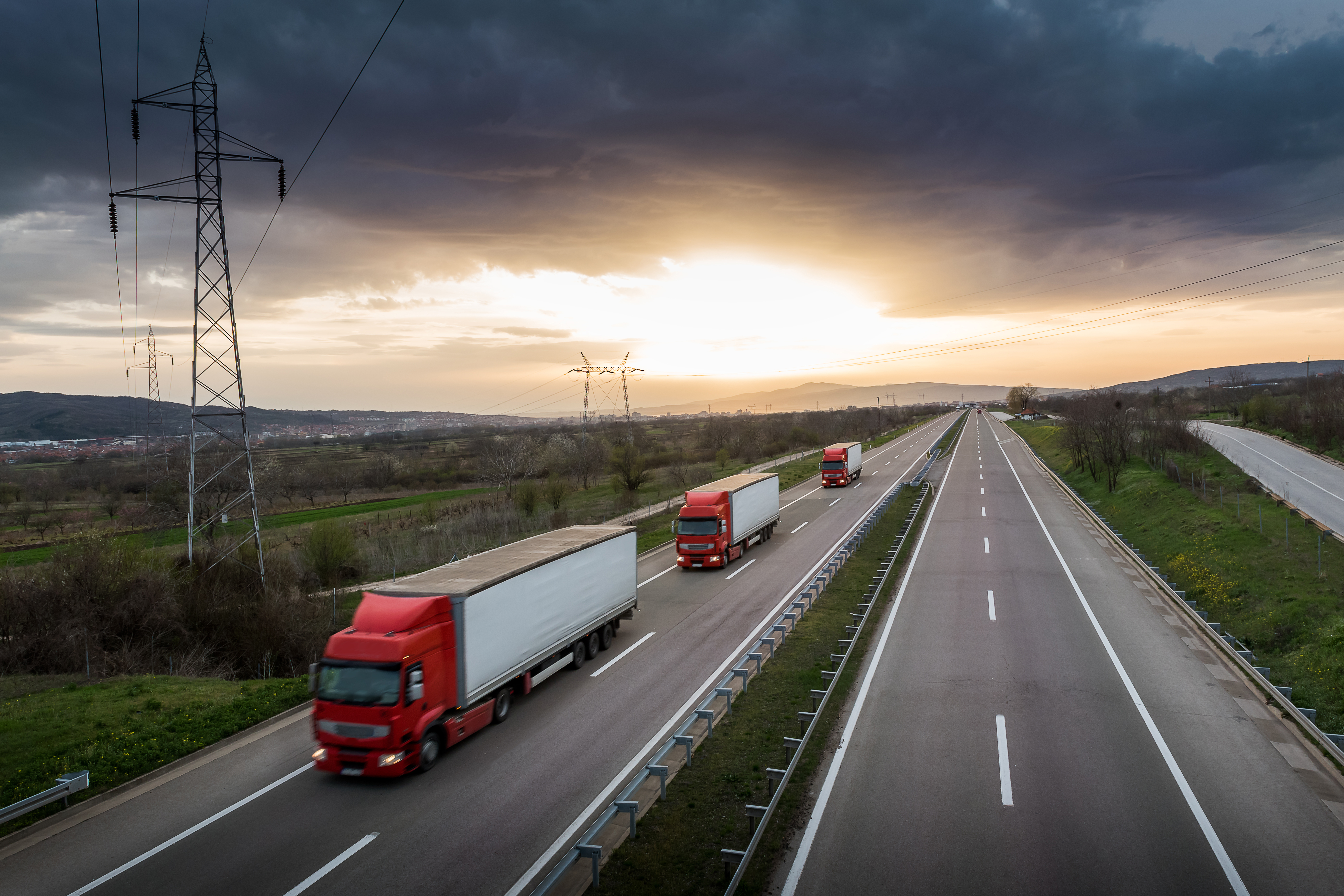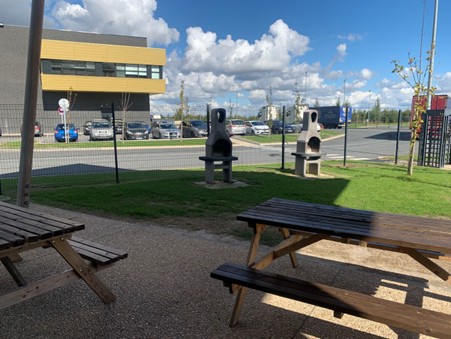
Miranda Blake
Studiu de caz: Parcul TWV
Creat: 01.11.2024
•
Actualizat: 01.11.2024
La doar 60 de minute de Calais se află TWV Park, un paradis pentru drumarii care caută un somn odihnitor. Cu un rating impresionant de 4,7 stele pe Google, TWV a fost descris de clienții săi drept o oază și un loc minunat pentru parcare. Amplasamentul oferă o gamă largă de servicii, inclusiv dușuri, Wi-Fi gratuit și supraveghere video 24/7. Emilie, de la TWV Park, ne spune puțin mai multe.
"Oferim clienților noștri tot confortul pentru ca șoferii să se odihnească liniștiți. Bicicletele pot fi închiriate și găzduim divertisment, cum ar fi transmisiuni de meciuri de fotbal, concursuri și concerte de muzică. În apropiere se află un centru comercial și un centru de sporturi nautice pentru activități suplimentare în afara TWV."
Siguranță și securitate
Furnizarea către șoferi a unei game largi de facilități și divertisment nu este singurul lucru pe care parcul de camioane îl face incredibil de bine. Siguranța și securitatea TWV este un aspect asupra căruia echipa a făcut progrese mari de-a lungul anilor.
"TWV este o parcare securizată cu certificare ESPORG Gold. Amplasamentul are paznici 24 de ore din 24, 7 zile din 7, garduri și 80 de camere la fața locului. Toate acestea sunt monitorizate".explică Emilie.
În iunie 2023, locația a anunțat proiectul Secure Truck Park - un proiect susținut de programul european de cofinanțare. Acest lucru a permis TWV Park să ia măsuri de securitate suplimentare pentru a asigura siguranța șoferilor de camioane și a încărcăturii acestora.
Driver well-being
Stațiile de camioane joacă un rol esențial în furnizarea unui spațiu pentru șoferii de camioane care au petrecut ore lungi pe drum - un lucru de care Emilie și echipa sunt conștienți atunci când iau decizii cu privire la parcul de camioane.
"Pentru a-și îmbunătăți bunăstarea, șoferii de camioane au nevoie de siguranță și confort din partea unei parcări pentru camioane", afirmă Emilie.

TWV reușește să facă acest lucru în mod deosebit dacă ne uităm la cantitatea de opțiuni și la varietatea pe care o oferă șoferilor în locație. Emilie explică faptul că parcul de camioane oferă "bucătării cu toate aparatele, camioane alimentare și mese în stil braserie la fața locului". Ea afirmă că sunt disponibile și alte facilități, cum ar fi "instalații sanitare, acces la încărcarea telefonului și aer condiționat".
SNAP Truckpark Tour 2023
TWV a fost una dintre opririle turneului nostru Truckpark Tour în 2023 - un turneu cu zece opriri în Marea Britanie și Europa pentru a da înapoi neobositei comunități a șoferilor de camioane. Emilie a explicat de ce au dorit să facă parte din acest turneu.
"Când SNAP a venit la noi în legătură cu turul, ne-am gândit că este o idee grozavă să oferim șoferilor o activitate suplimentară în parc."

Echipele de la SNAP și TWV au fost ocupate pe tot parcursul zilei, împărțind produse gratuite și purtând conversații esențiale cu șoferii.
"Evenimentul a decurs foarte bine, iar șoferii s-au bucurat să vadă SNAP și echipa de la TWV. Șoferii s-au bucurat de divertisment și de bunătățile oferite și au apreciat faptul că au avut ocazia să stea de vorbă", afirmă Emilie.
Aderarea la SNAP ca partener de servicii
Prin aderarea la SNAP, vă veți pune locația în fața a 190.000 de șoferi și a peste 9.000 de flote. Pentru stațiile de camioane precum TWV, care se străduiesc în mod constant să își dezvolte afacerea, SNAP oferă oportunitatea de a face acest lucru.
"Nu am avut nicio ezitare în ceea ce privește aderarea la SNAP și procesul de configurare ni s-a părut ușor. De la aderare, am avut o bună comunicare cu echipa SNAP", spune Emilie.
Înscrieți-vă la SNAP
Pentru a vă îmbunătăți rentabilitatea și a vă optimiza operațiunile de pe șantier, accesați [snapacc.com/truck-parks] (https://snapacc.com/truck-parks/).



